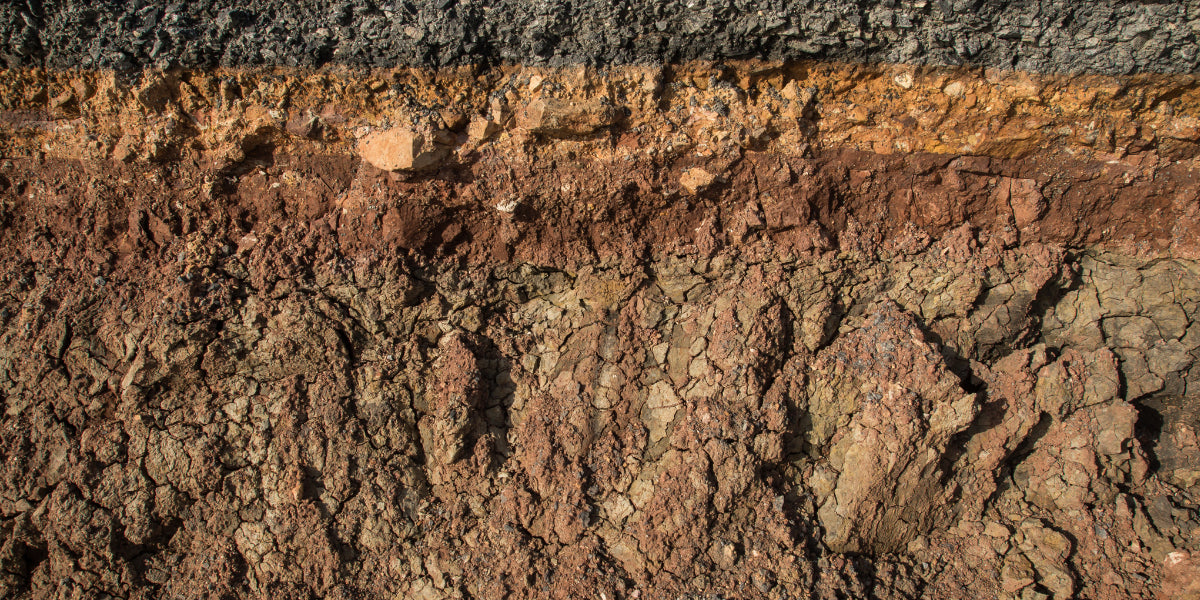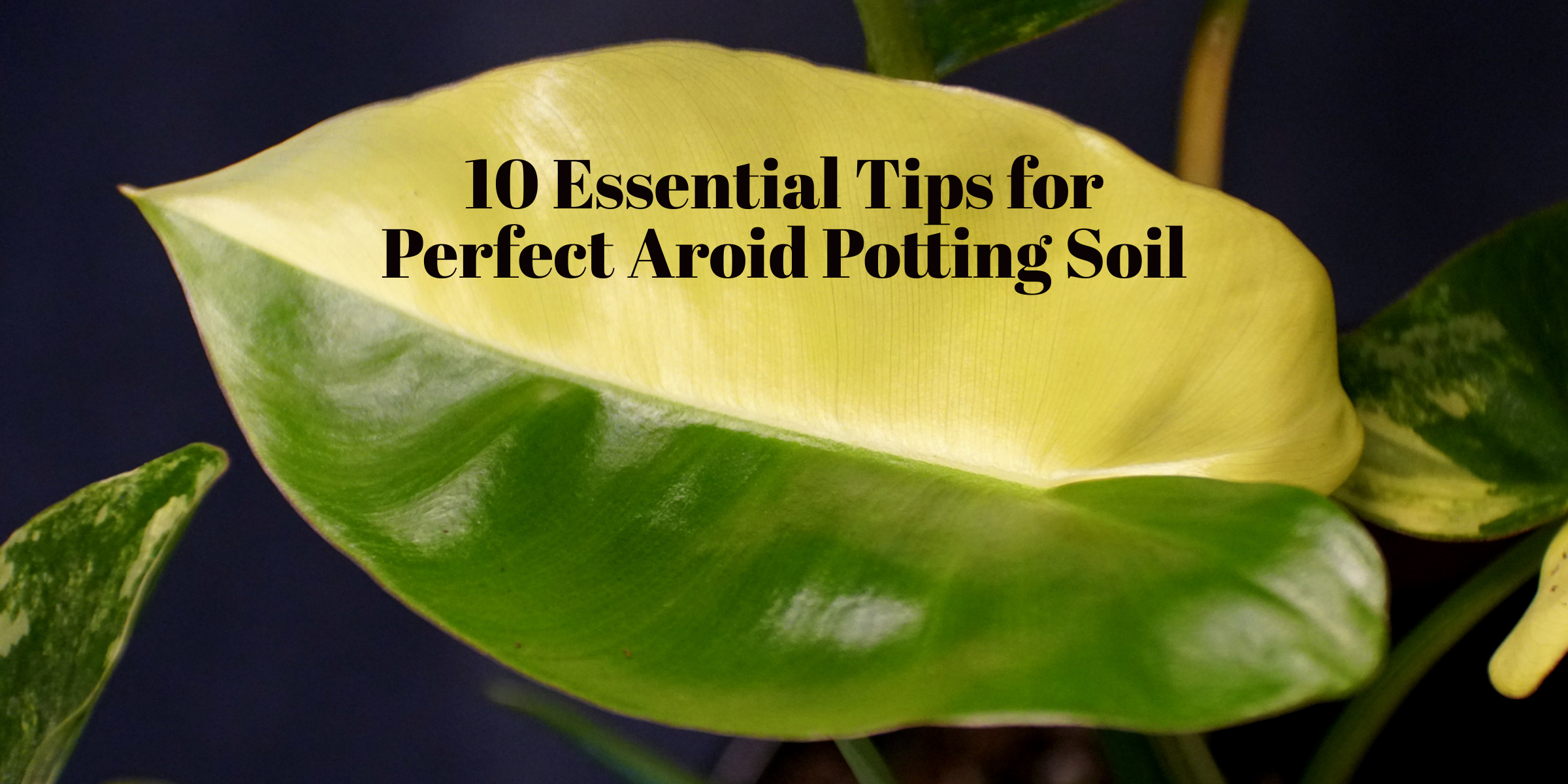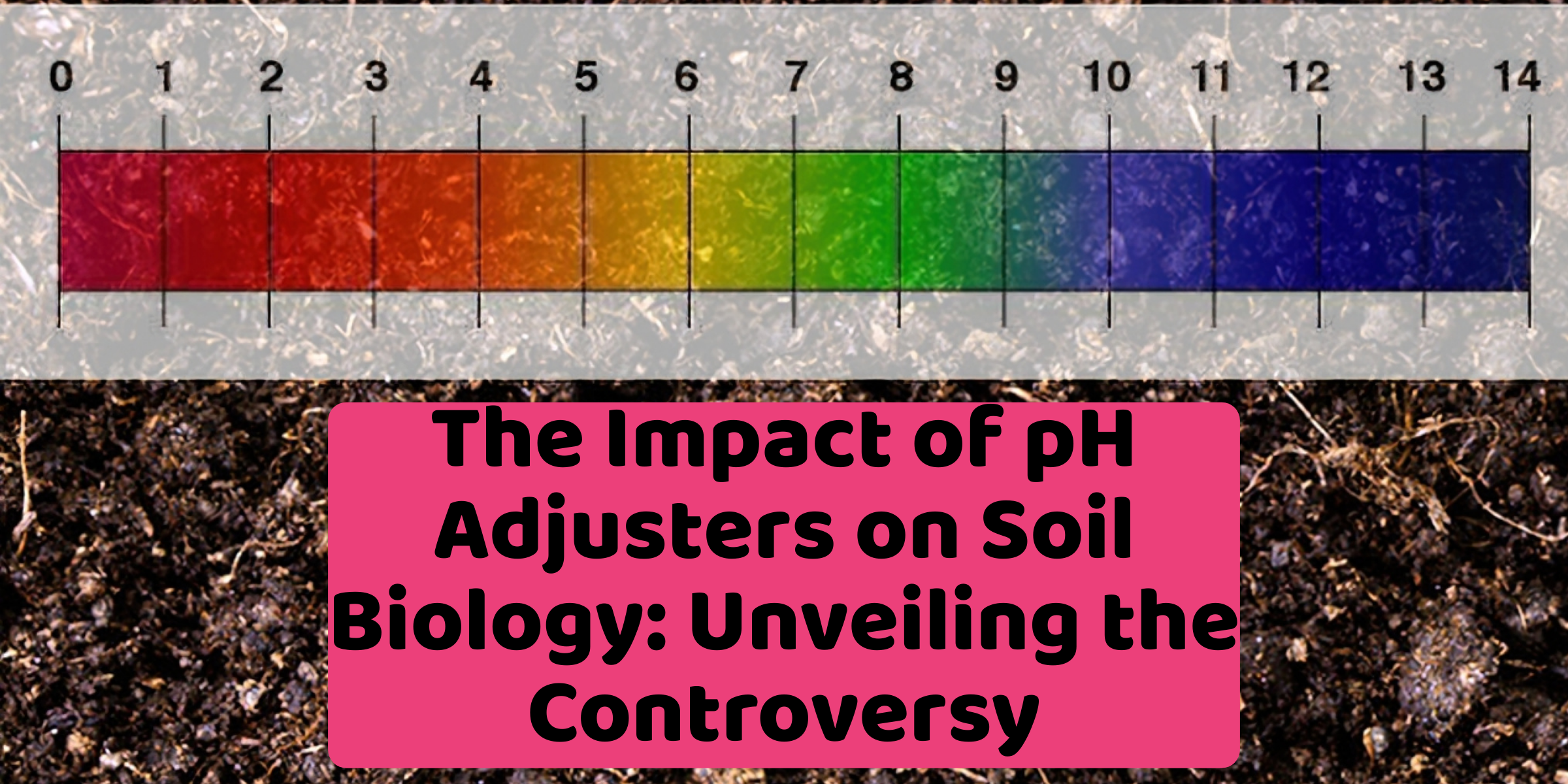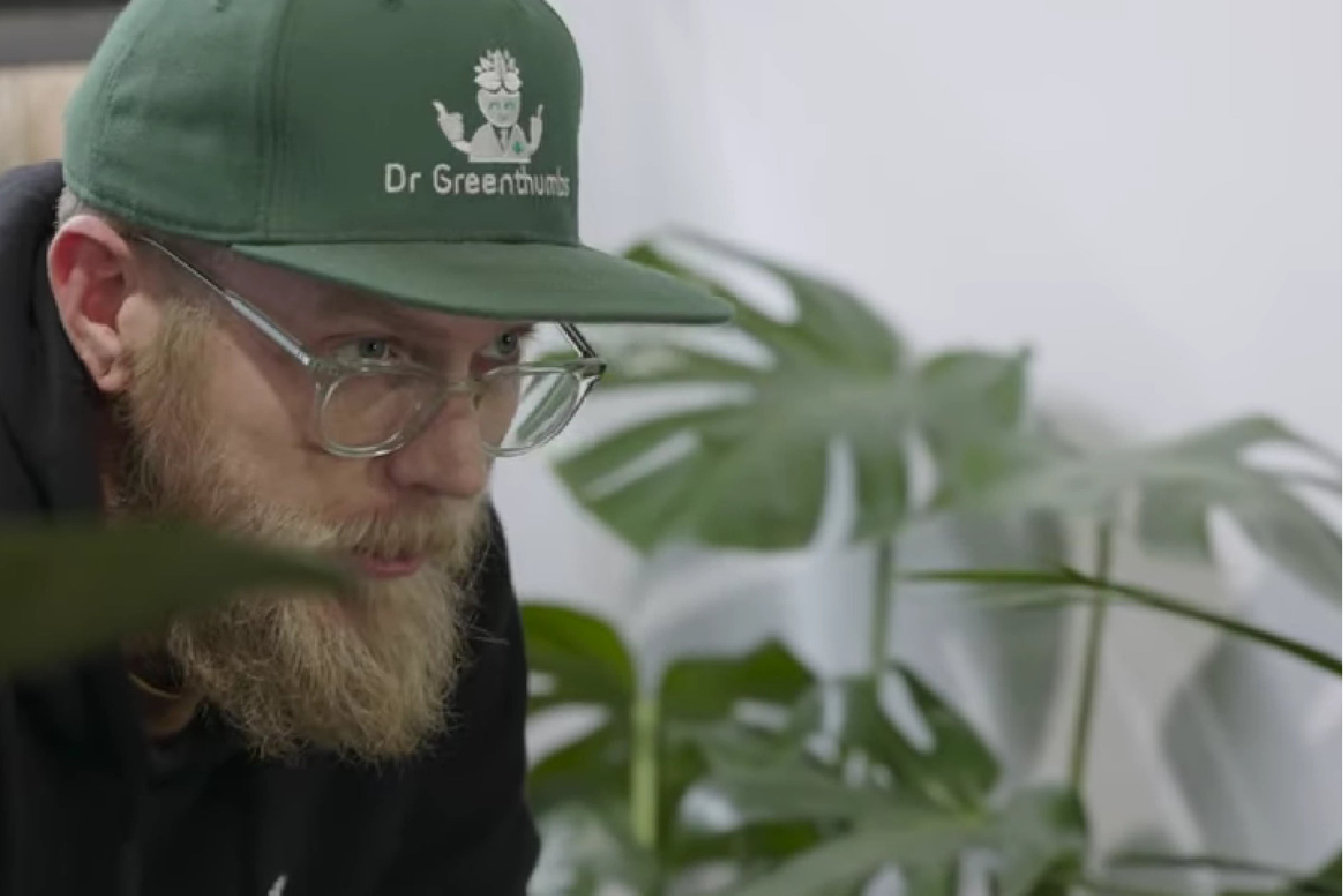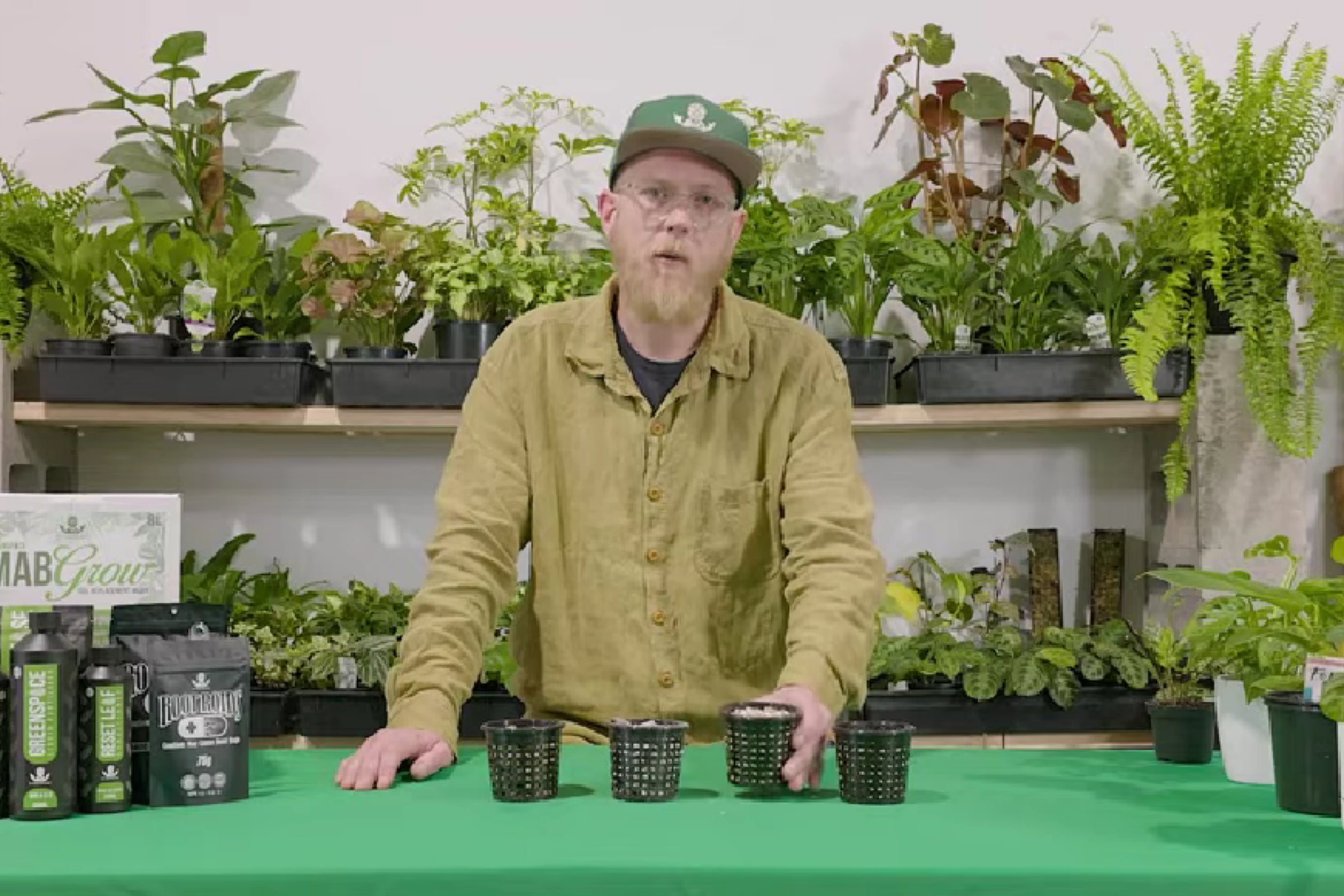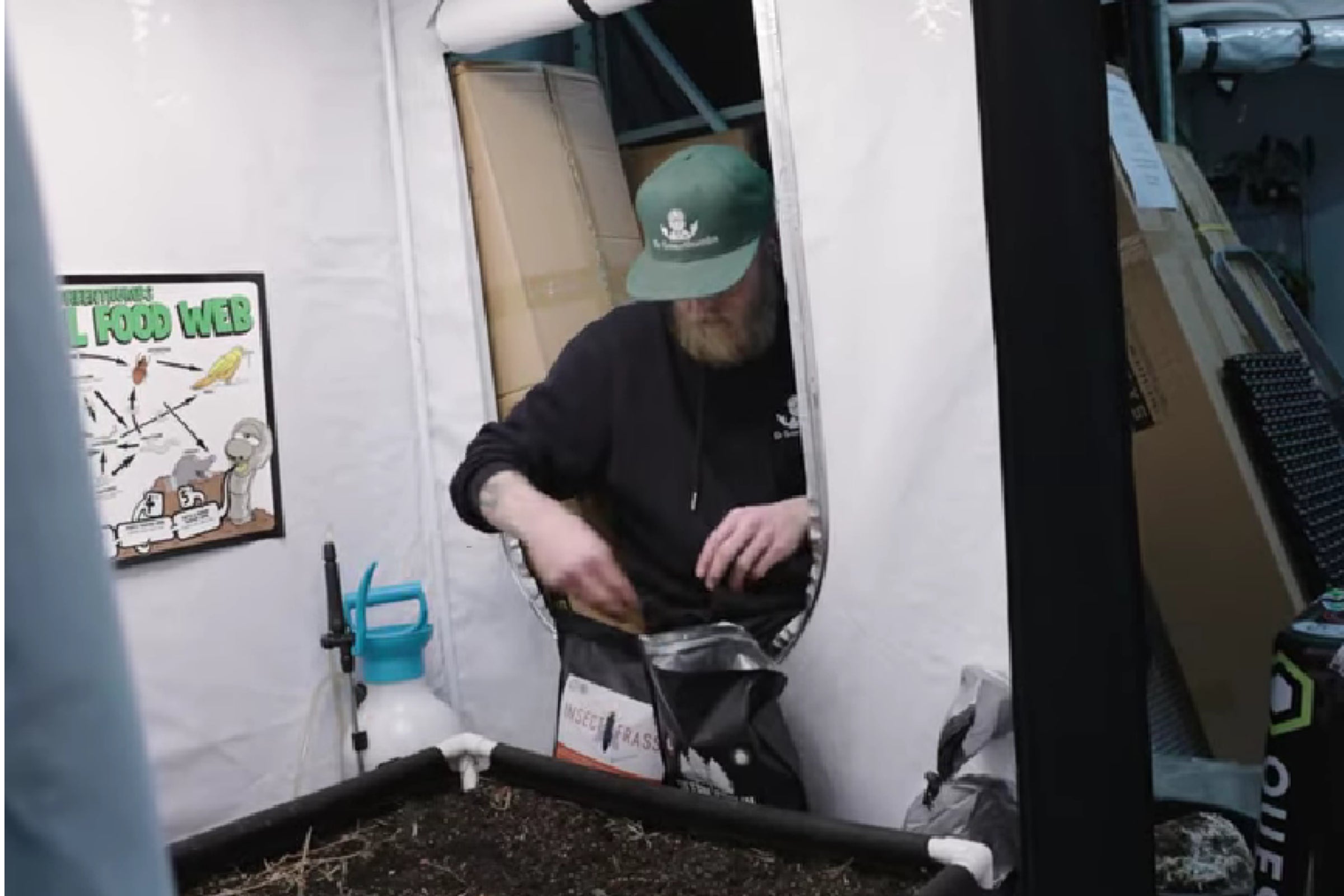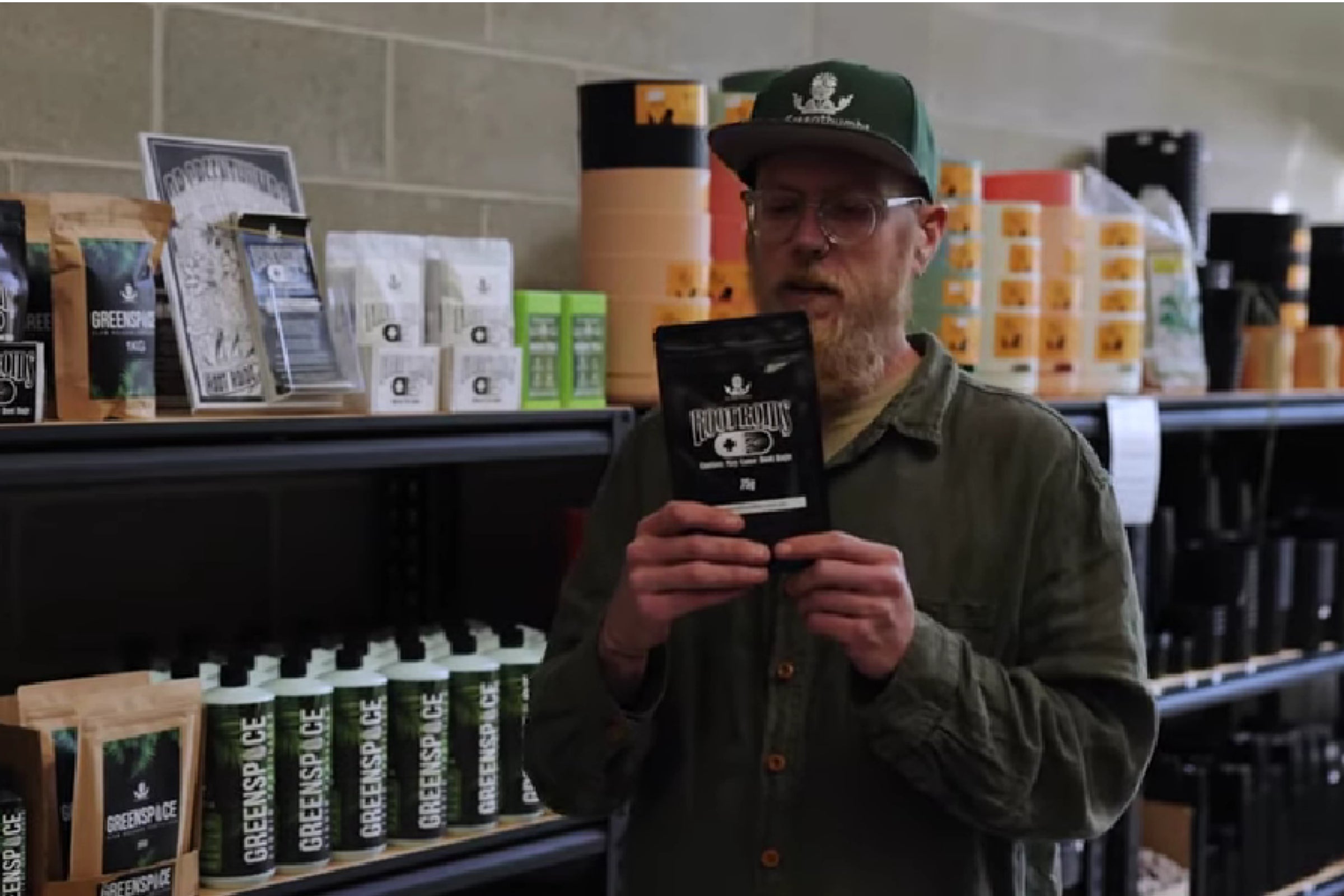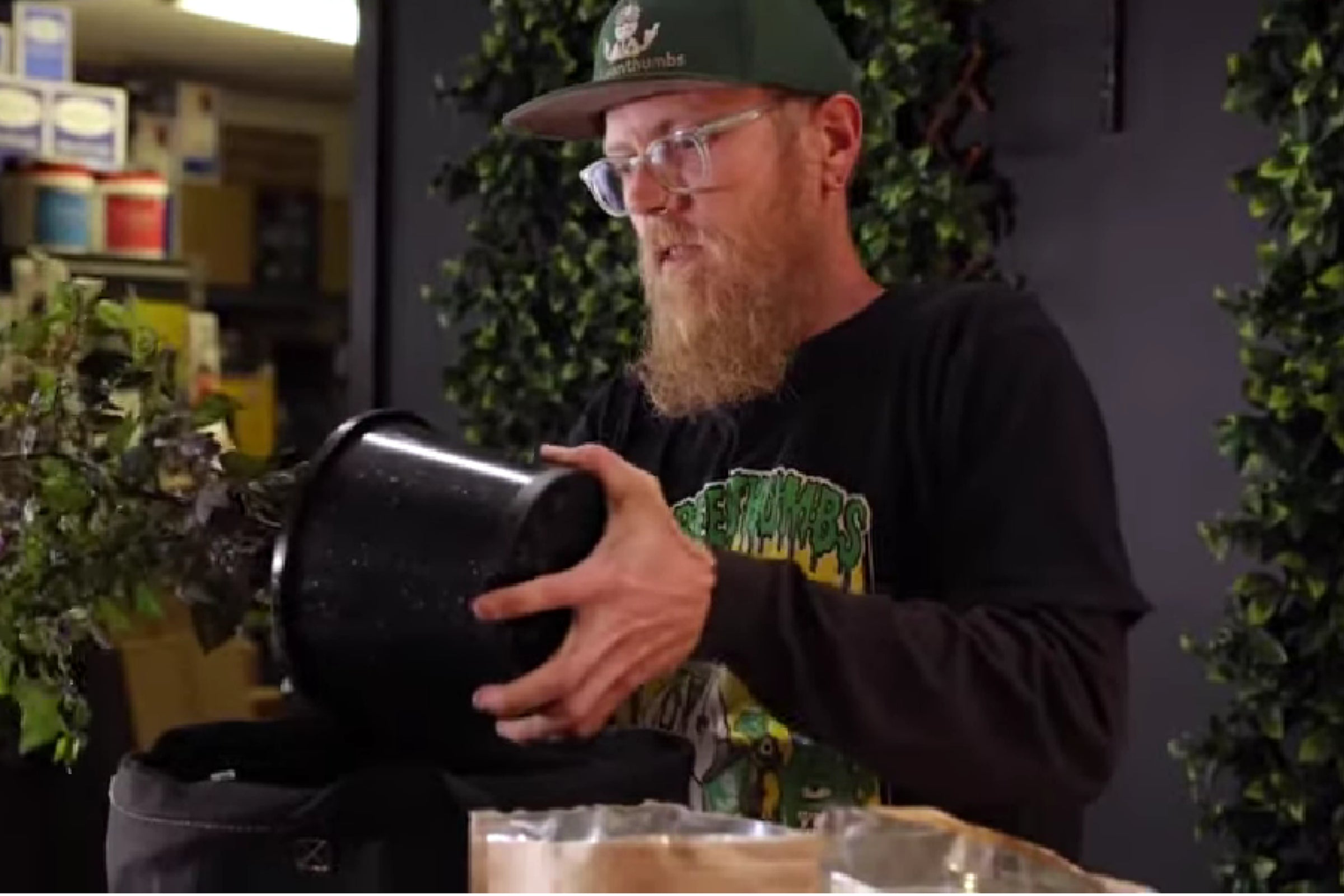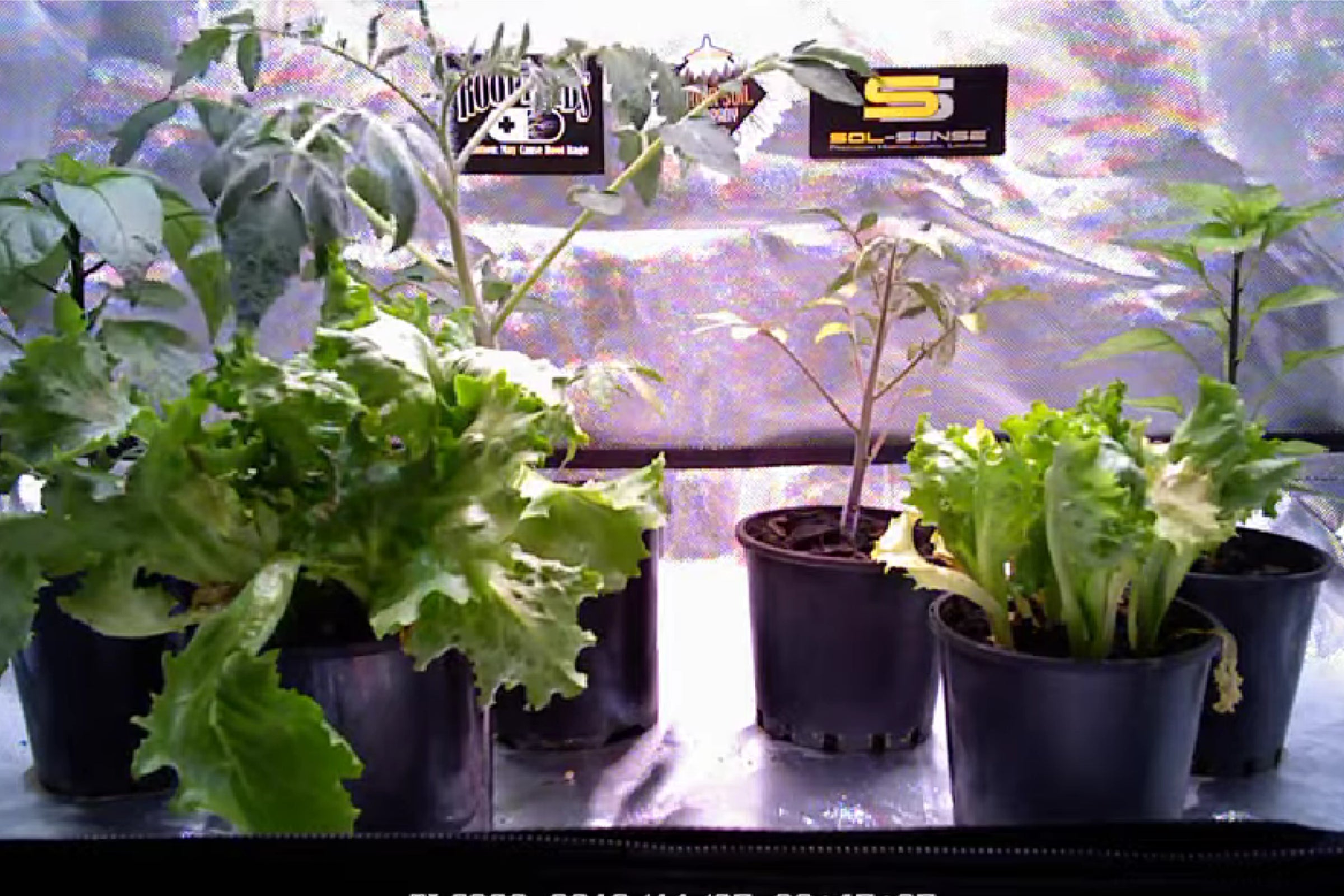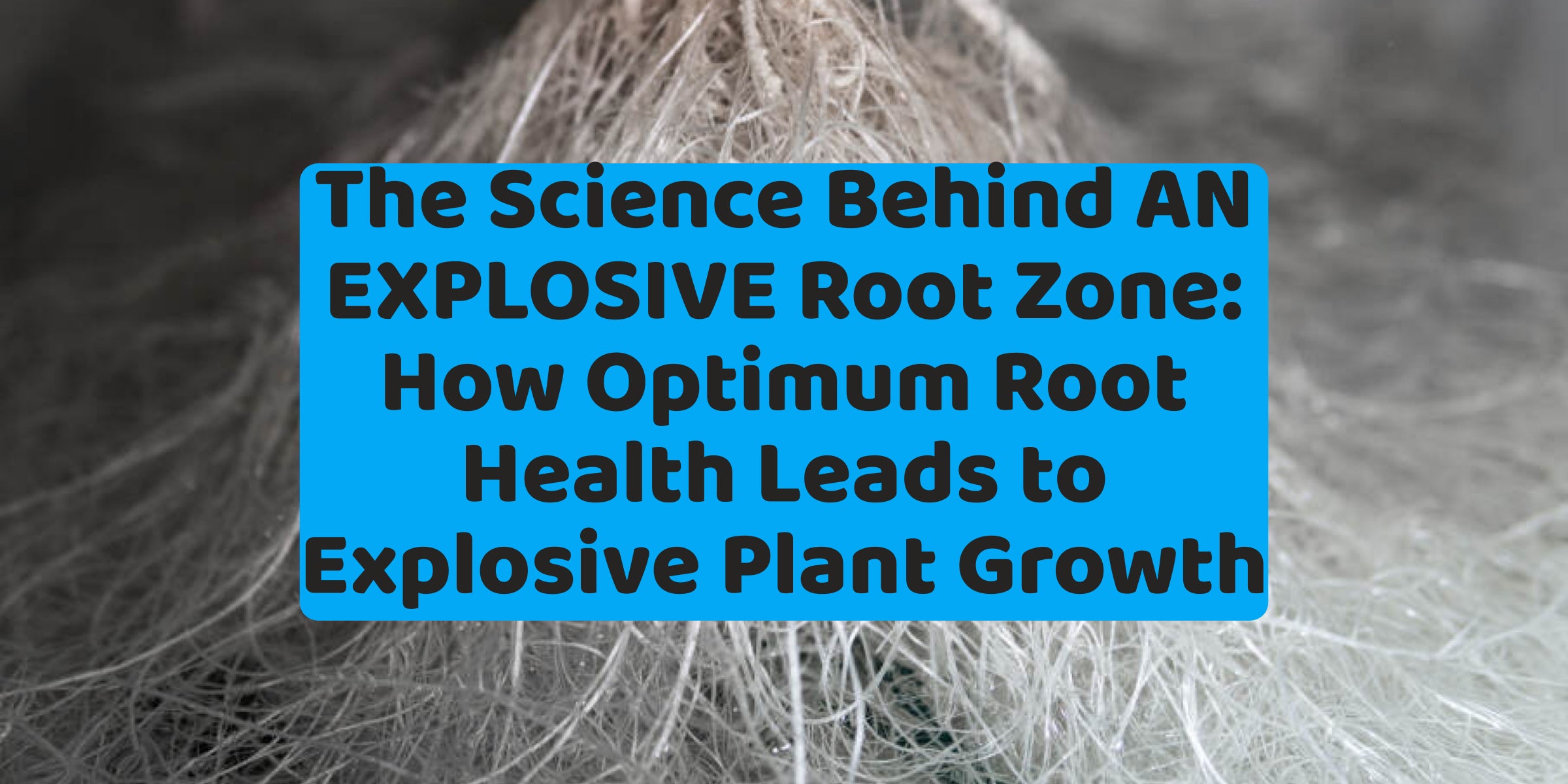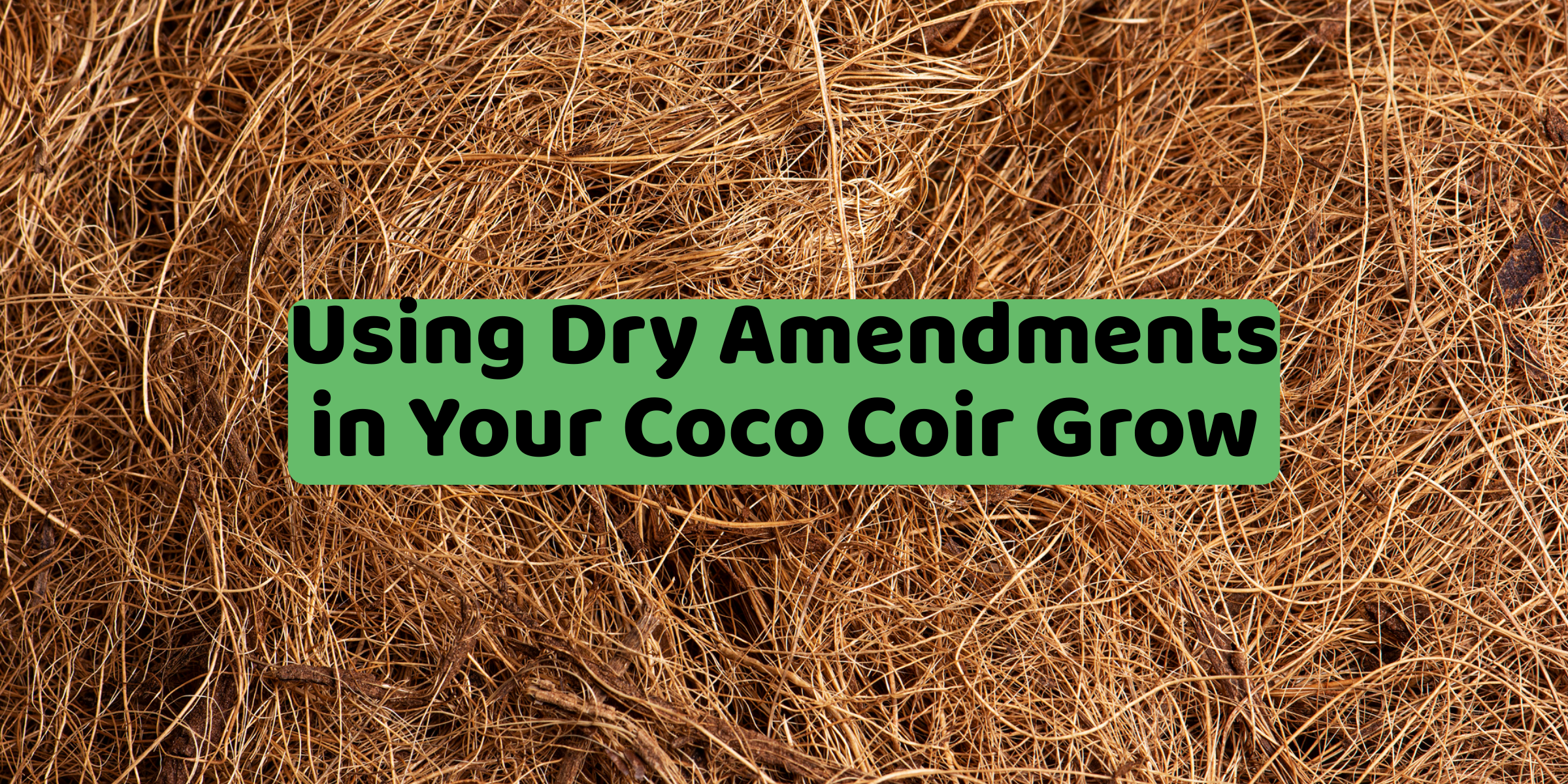As the world's population continues to grow, there is an increasing need for sustainable agriculture practices that can produce enough food to meet the demand without harming the environment. One of the key components of sustainable agriculture is nutrient recycling, which involves returning nutrients to the soil so that they can be reused by plants. In this article, we will compare living soil to traditional soil and explore the benefits of nutrient recycling.
Living Soil
Living soil is a type of soil that is full of microorganisms, fungi, and other living organisms. These microorganisms help to break down organic matter and release nutrients that are essential for plant growth. Living soil is often referred to as "biologically active" soil because of the large number of living organisms it contains.
One of the key benefits of living soil is that it is self-sustaining. The microorganisms in the soil break down organic matter and release nutrients that are then absorbed by plants. As the plants grow and die, they contribute more organic matter to the soil, which in turn feeds the microorganisms. This cycle of nutrient recycling helps to maintain a healthy soil ecosystem that can support plant growth without the need for synthetic fertilizers.
Another benefit of living soil is that it can improve soil structure. The microorganisms in the soil help to create pore spaces that allow for water and air to flow through the soil. This can improve soil drainage and aeration, which are important for plant growth
Traditional Soil
Traditional soil, on the other hand, is often referred to as "dead soil" because it lacks the living organisms that are present in living soil. Traditional soil is often depleted of nutrients and requires synthetic fertilizers to support plant growth.
One of the downsides of traditional soil is that it can be prone to erosion. Without the living organisms that are present in living soil, traditional soil can be easily washed away by rain or wind. This can lead to soil degradation and a loss of topsoil, which is essential for plant growth.
Another downside of traditional soil is that it can be less efficient at nutrient recycling. Synthetic fertilizers can provide plants with the nutrients they need to grow, but they do not contribute to the health of the soil ecosystem. This can lead to a vicious cycle where plants become dependent on synthetic fertilizers and the soil becomes less and less able to support plant growth without them.
Nutrient Recycling
Nutrient recycling is the process of returning nutrients to the soil so that they can be reused by plants. This process is essential for sustainable agriculture because it reduces the need for synthetic fertilizers and helps to maintain a healthy soil ecosystem.
Living soil is particularly effective at nutrient recycling because of the large number of living organisms it contains. These organisms break down organic matter and release nutrients that can be absorbed by plants. As the plants grow and die, they contribute more organic matter to the soil, which in turn feeds the microorganisms. This cycle of nutrient recycling helps to maintain a healthy soil ecosystem that can support plant growth without the need for synthetic fertilizers.
The soil is a dynamic and intricate system, teeming with a vast array of microorganisms, including specific species of bacteria, fungi, and protozoa, all of which play a vital role in nutrient cycling and maintaining a sustainable soil ecosystem
- Bacteria are the most abundant group of microorganisms in the soil, and among them, species such as Nitrosomonas, Nitrobacter, and Rhizobium are critical in nutrient cycling. Nitrosomonas and Nitrobacter convert ammonia to nitrite and nitrite to nitrate, which can be readily used by plants. Meanwhile, Rhizobium can fix nitrogen from the atmosphere, which is then available to the plant.
- Fungi are another important group of microorganisms in the soil, and species such as Trichoderma, Penicillium, and mycorrhizal fungi are involved in nutrient cycling. Trichoderma and Penicillium help break down organic matter in the soil, releasing nutrients trapped within. Mycorrhizal fungi form mutualistic relationships with plants, helping them absorb nutrients like phosphorus and nitrogen.
- Protozoa are the third group of microorganisms that play a role in nutrient cycling in the soil. Some of the most important protozoa species in nutrient cycling include Amoeba, Ciliates, and Flagellates. These protozoa help to consume bacteria and fungi, releasing the nutrients that are stored in the cells of these microbes. Additionally, protozoa excrete nitrogen in a form that can be taken up by plants, improving soil fertility.
Overall, the nutrient cycling process in the soil is complex and dynamic, and it is through the interactions between different species of bacteria, fungi, and protozoa that a healthy and sustainable soil ecosystem is maintained. By breaking down organic matter and releasing nutrients that are essential for plant growth, these microorganisms play a crucial role in sustainable agriculture practices.
In contrast, traditional soil is often depleted of nutrients and requires synthetic fertilizers to support plant growth. These fertilizers can provide plants with the nutrients they need to grow, but they do not contribute to the health of the soil ecosystem. This can lead to a vicious cycle where plants become dependent on synthetic fertilizers and the soil becomes less and less able to support plant growth without them.
In conclusion, living soil is a sustainable alternative to traditional soil that is full of microorganisms and other living organisms that can help to break down organic matter and release nutrients that are essential for plant growth. Living soil is self-sustaining and can improve soil structure, which makes it an ideal choice for sustainable agriculture practices. In contrast, traditional soil is often depleted of nutrients and requires synthetic fertilizers to support

